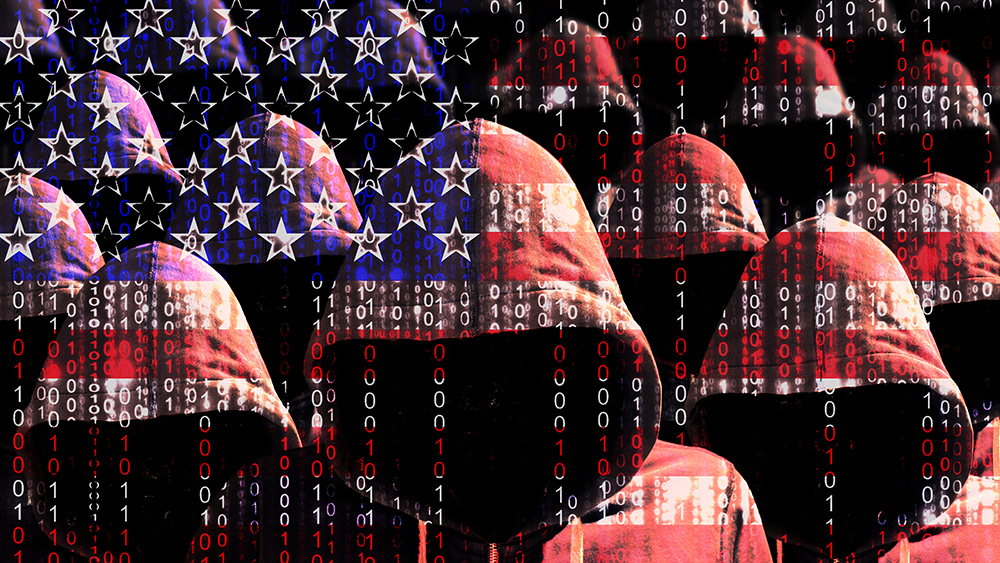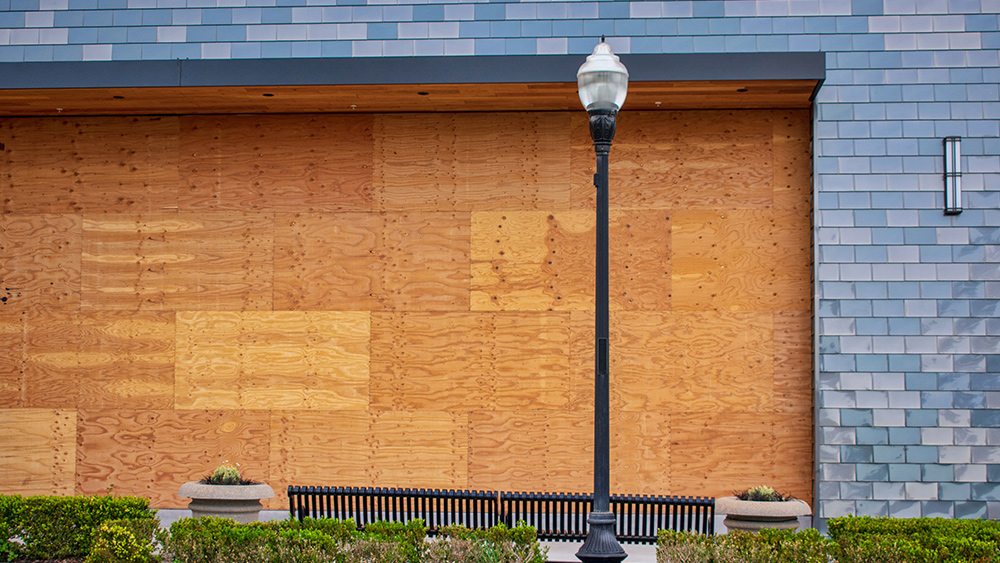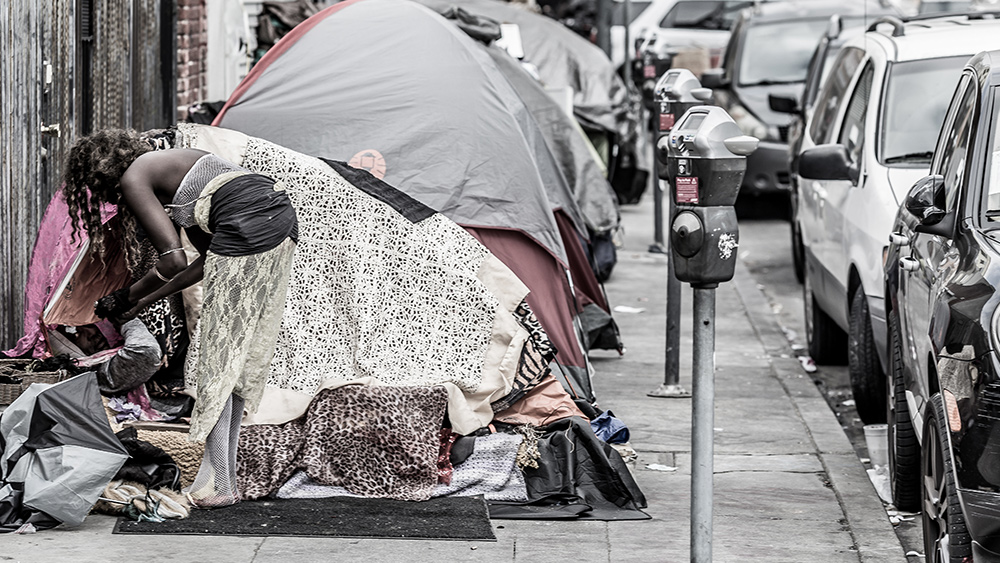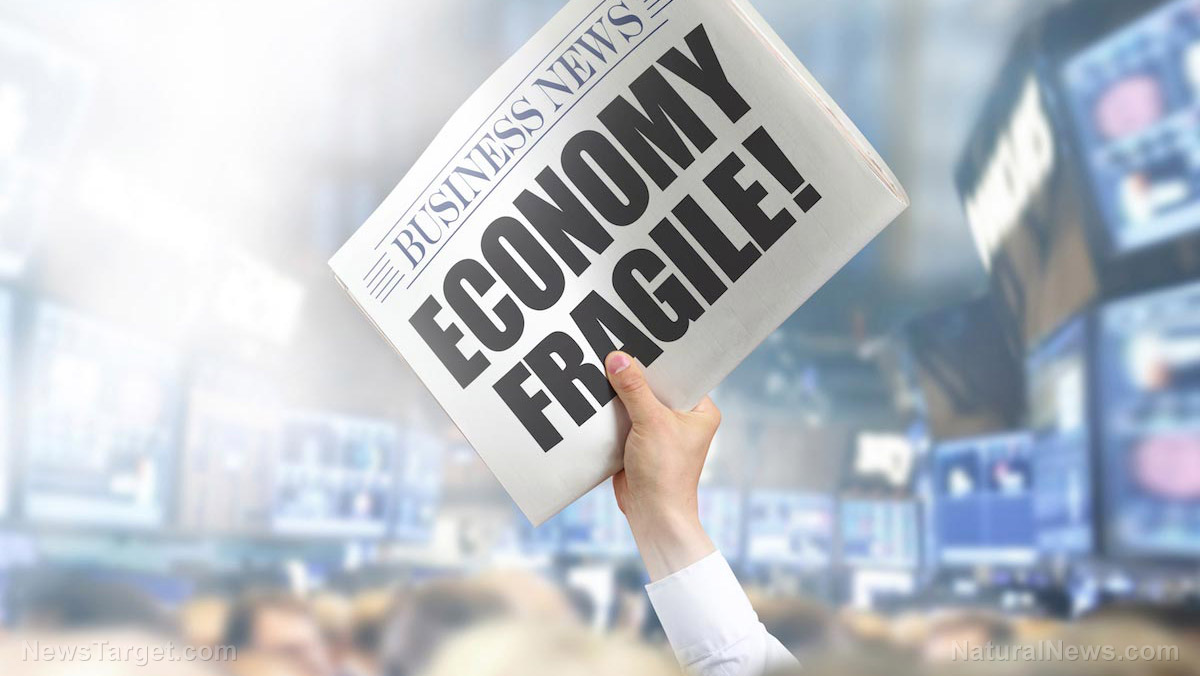53% of Millennial and Gen Z consumers are resorting to “buy now, pay later” services and racking up enormous debt
03/27/2024 / By Laura Harris

Recent data from analytics company LexisNexis Risk Solutions found that 53 percent of millennials (ages 30 to 44) and Gen Z (ages 18 to 29) consumers are now using “buy now, pay later” (BNPL) services as a financial lifeline for their daily essentials to adapt to inflation.
BNPL providers like Afterpay Limited and Klarna Bank AB have witnessed a sudden shift in BNPL trends among their younger users over the past few years.
In 2021 and 2022, millennial and Gen Z consumers often used Afterpay to purchase “apparel and accessories.” However, in 2023, “apparel and accessories” fell behind the categories of “arts, travel and entertainment,” “home and garden” and “hardware.” Afterpay has also seen double- and triple-digit surges among the youngest users in spending from 2022 to 2023, including for contact lenses (465 percent), garbage bags (182 percent) and first-aid antiseptics (98 percent). (Related: Gen Y and Z Brits resorting to “buy now, pay later” schemes to manage finances.)
Meanwhile, young Klarna users began using its BNPL services for groceries while waiting for a paycheck to buy all essentials without sacrificing anything.
Benjamin Espinoza, a 27-year-old video editor from San Antonio, Texas, represents a growing demographic of Gen Z relying on BNPL services for their essential needs. Espinoza, who made less than $7,000 last year, recently used Klarna to spread out his $40 grocery bill.
BNPL spending, which initially started as a tool for one-time purchases, continues to fuel its popularity among consumers facing economic uncertainties. This significant increase lies beyond the convenience of splitting transactions into manageable payments. Instead, it lies in their accessibility and ease of integration into different shopping platforms.
Fear of credit card debt and its high interest rate fuels BNPL surge
Nela Richardson, the chief economist of the ADP Research Institute, cites three main reasons for the popularity of BNPL services. Firstly, the high demand due to the late stages of the pandemic. Secondly, the government relief that supported it is almost over. Lastly, credit card interest rates have gone over 20 percent with the Federal Reserve increasing rates.
In other words, the fear of spiraling deeper into credit card debt, often exacerbated by exorbitant interest rates exceeding 20 percent, has fueled a notable surge in the adoption of BNPL services among consumers.
For instance, for 27-year-old Texas mom Savannah Thrower and others like her, BNPL services present a viable alternative to traditional credit cards. Thrower said BNPL services offer a way to manage expenses without the looming threat of hefty interest charges. She acknowledged the allure of credit cards but recognized their potential for overspending. So, she opts for BNPL services like Afterpay and PayPal to break down her purchases into manageable, interest-free installments.
The fear of falling into the same financial pitfalls witnessed during the aftermath of the 2010 financial crisis resonates strongly with the millennial generation. This explains why there are only 35 percent of traditional credit card holders among millennial and Gen Z consumers.
Matt Gross, senior director of communications at Affirm, noted that many millennials are turning to BNPL to avoid the burden of credit card debt, given their memories of the recession’s impact on consumer bankruptcies, which peaked at 1.5 million in 2010.
“There is a whole generation of millennials like me who saw what happened in the wake of the financial crisis, and they don’t want to fall into that trap again,” he said.
Watch this video discussing the increasing popularity of BNPL loans.
This video is from the Zoon Politikon channel on Brighteon.com.
More related stories:
DEBT TRAP: 4,500 Walmart self-checkout kiosks offer “buy now, pay later” loans for basic items.
“Buy now, pay later” schemes touted by influencers burying Gen Z deeper in debt.
Sources include:
Submit a correction >>
Tagged Under:
BNPL, Bubble, buy now pay later, credit card debt, debt, debt bomb, debt collapse, economic riot, economics, economy, finance, finance riot, financial collapse, Gen Z, millennials, risk, short-term loans
This article may contain statements that reflect the opinion of the author
RECENT NEWS & ARTICLES
COPYRIGHT © 2017 BUBBLE NEWS




















